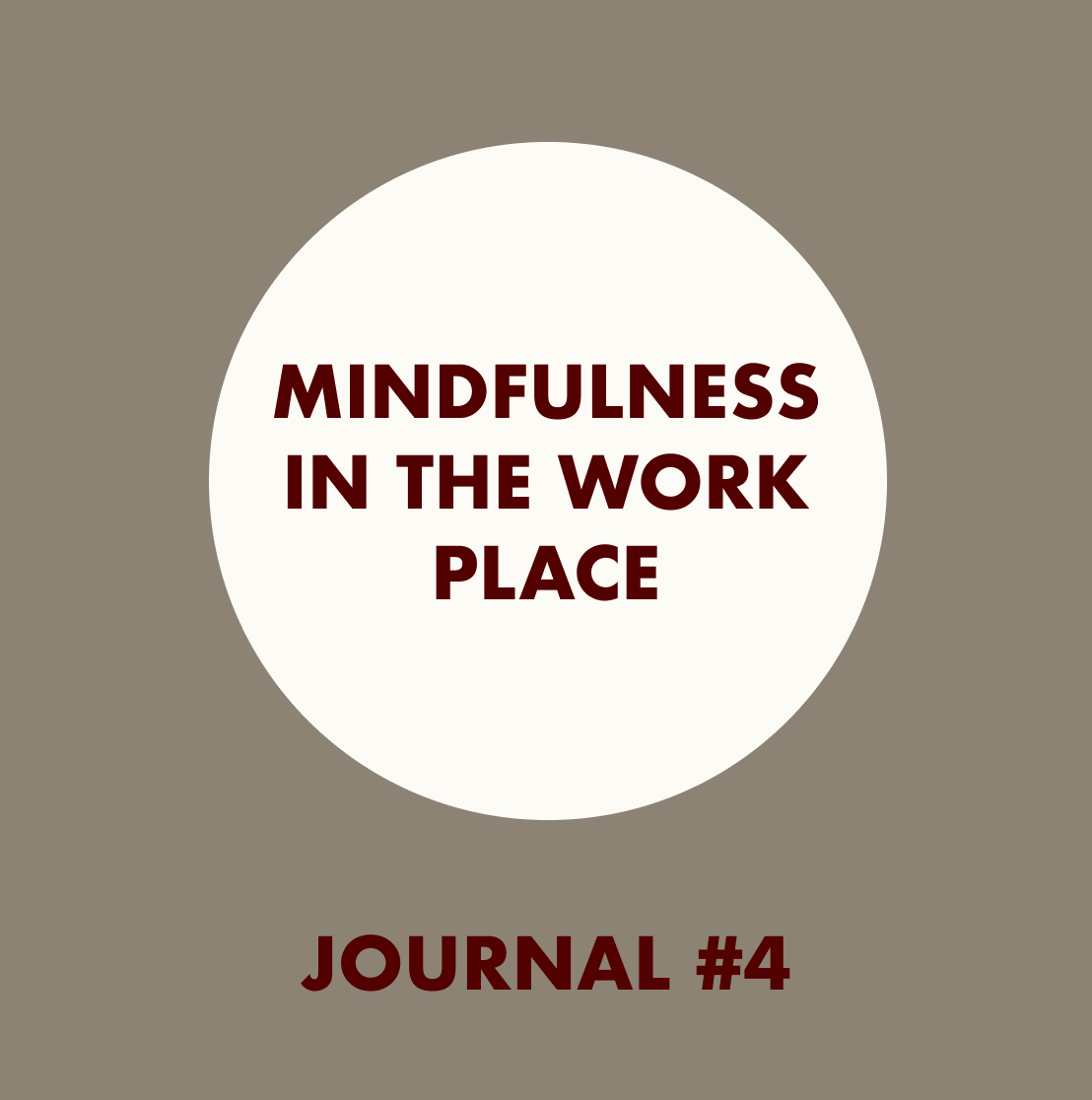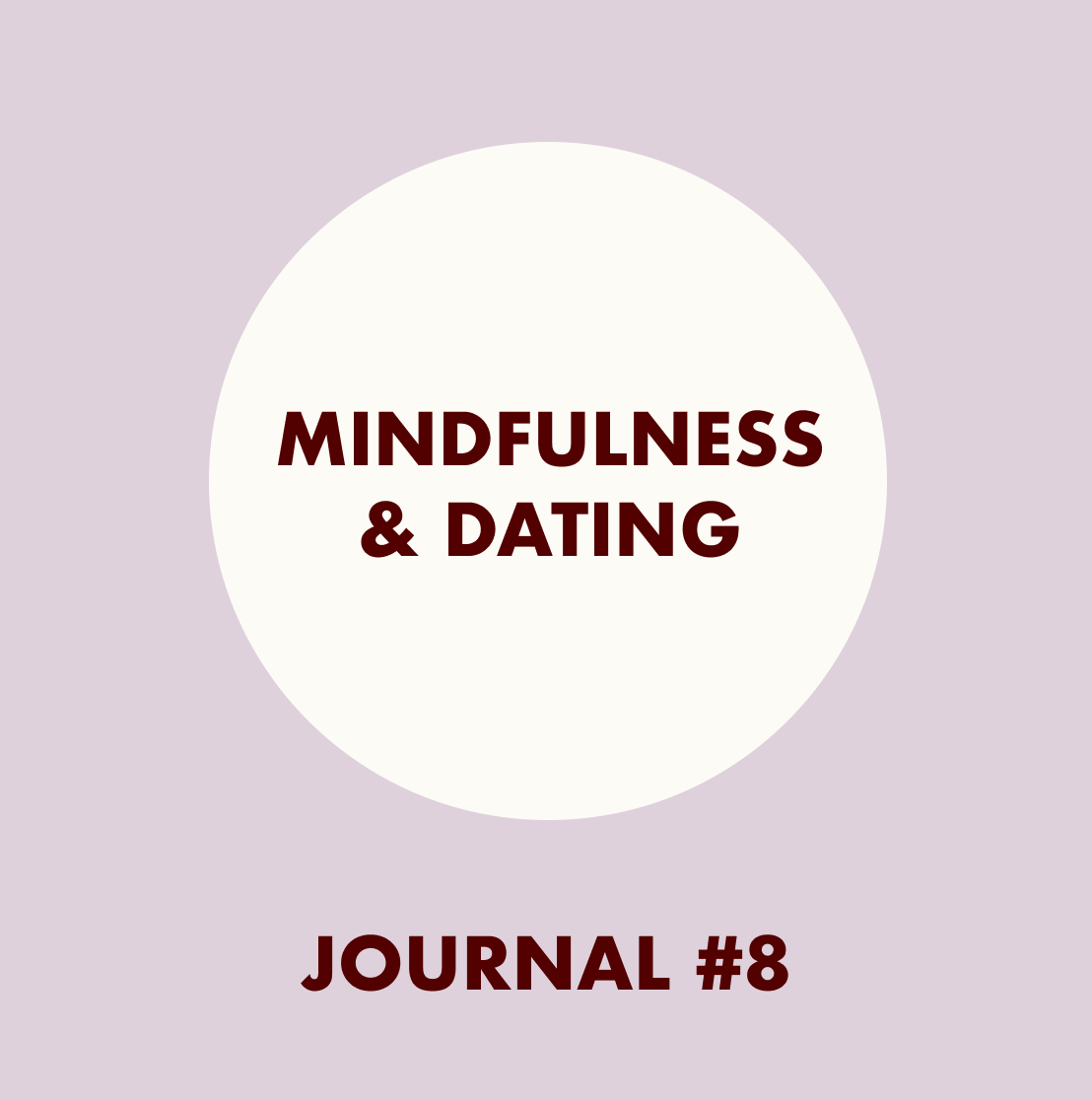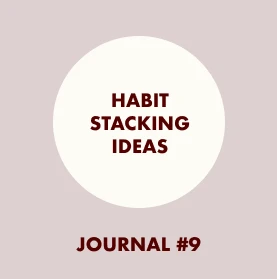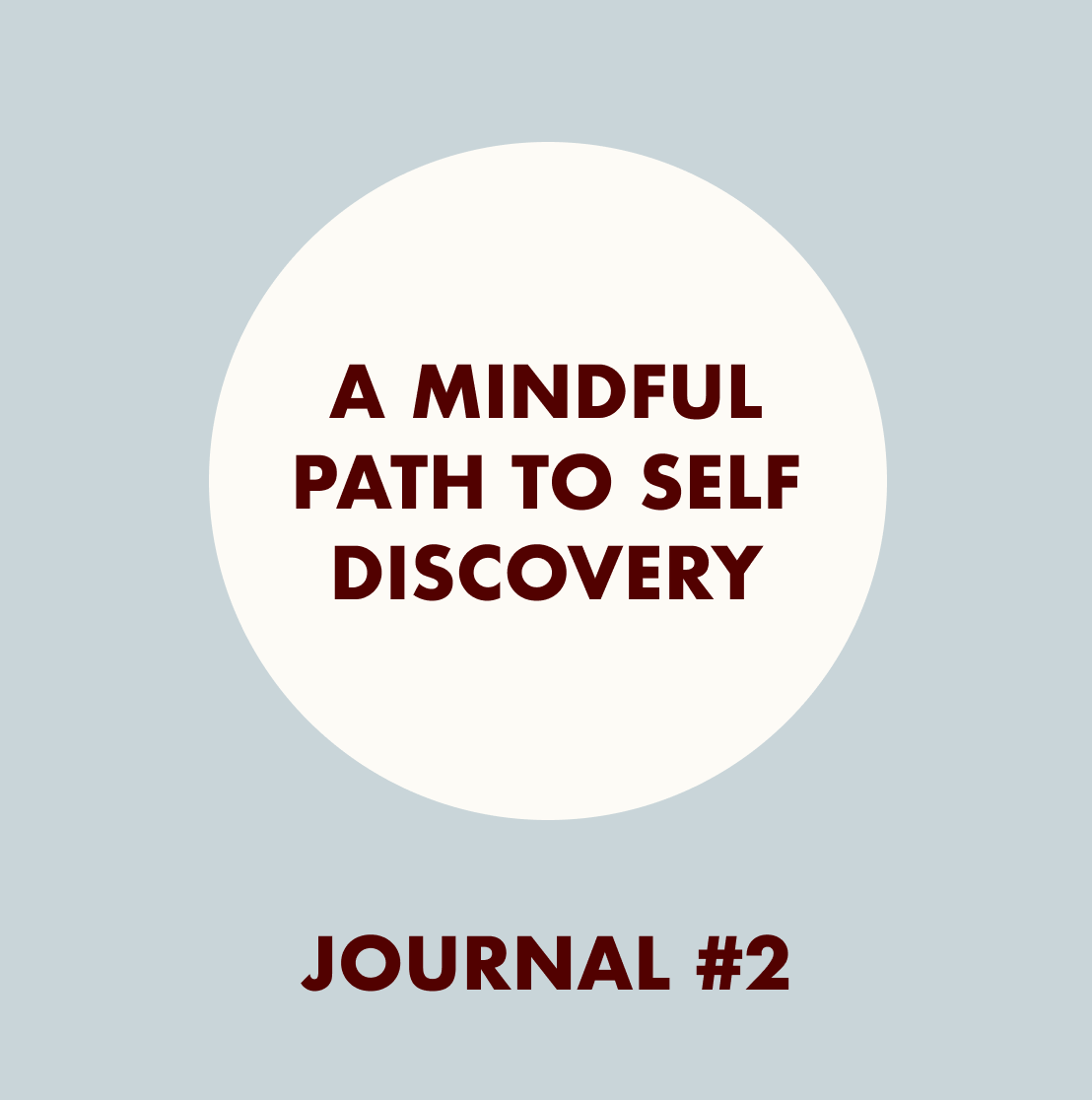It took me a long time to realise that while I was hearing others, I wasn’t truly listening. I’d nod along, craft my response before the other person had finished, or let my mind wander mid-conversation. It wasn’t until a valued teacher gently called me out on it that I paused to reflect on mindful communication. Their words stayed with me: “You’re listening to respond, not to understand.”
That moment became a turning point. Over time, I realised how much I was missing —not just the words people were saying, but the emotions, the pauses, and the connection hidden in their silence. As I began practising mindful communication, my relationships transformed. Conversations deepened, misunderstandings lessened, and I found myself feeling more connected, not just to others, but also to myself.
Mindful communication is a skill that touches every area of life — from personal relationships to work interactions, and even fleeting conversations with strangers. It’s about showing up with presence, truly hearing what’s being said, and pausing before you respond. Here’s what I’ve learned on this journey and how you can bring mindful communication into your own life.
Listening with Presence
At its core, mindful communication begins with listening—not just hearing the words but being present for the person speaking. In a world full of distractions, active listening is a gift we rarely give each other.
To truly listen:
- Pause and clear your mind. When someone is speaking, let go of the urge to plan your response. Focus solely on their words, their tone, and what they might be feeling.
- Notice non-verbal cues. Pay attention to body language, facial expressions, and even what isn’t being said.
- Resist the urge to fix. Often, people just want to be heard, not for you to solve their problems.
In personal relationships, this practice can foster intimacy and trust. At work, it can prevent miscommunication and foster better collaboration. And with strangers? It’s amazing how truly listening can create a moment of connection that brightens both your days.
Speaking with Intention
Once I began listening mindfully, I noticed something else: I wasn’t always speaking with clarity or intention. My words could be rushed, reactive, or even defensive. Mindful communication isn’t just about hearing others—it’s also about choosing your words thoughtfully.
To practice mindful speaking:
- Pause before you respond. A brief moment of reflection allows you to respond thoughtfully, rather than react impulsively.
- Speak from the heart. Use “I” statements to express your feelings without assigning blame or creating defensiveness. For example, instead of saying, “You never listen to me,” try “I feel unheard when…”
- Be concise but kind. Say what you mean, but consider how your words might land with the other person.
Applying Mindful Communication in Everyday Life
Here’s how mindful communication can transform interactions across different areas of life:
In Relationships
Mindful communication helps to create a safe space for vulnerability. When both parties feel heard and valued, conflicts can be resolved with greater compassion and understanding.
Practice Tip: Next time your partner or loved one speaks, try paraphrasing what they’ve said before responding. For example, “It sounds like you’re feeling frustrated because…” This shows you’ve truly heard them and allows for deeper conversations.
In the Workplace
In high-pressure environments, miscommunication can lead to inefficiency and tension. By listening actively and responding with clarity, you can foster better teamwork and reduce misunderstandings.
Practice Tip: Before responding to an email or speaking in a meeting, take a deep breath. This moment of pause can help you craft a response that’s clear and constructive.
With Strangers
Mindful communication with strangers can be a simple act of kindness. Whether it’s listening to someone’s story or offering a kind word, your attention can create meaningful, if brief, connections.
Practice Tip: Next time you’re speaking with a stranger—whether it’s the barista or a passer-by—put your phone away, make eye contact, and smile.
Why Mindful Communication Matters
In a world that’s always rushing, where conversations are often reduced to quick texts and soundbites, mindful communication is an act of resistance. It’s a way to slow down, connect deeply, and build relationships based on mutual respect and understanding.
Mindful communication isn’t about being perfect. There will still be times when we interrupt, react too quickly, or misunderstand. But with practice, these moments become fewer, and our connections with others grow stronger.
It’s transformed my life, helping me navigate everything from heartfelt talks with loved ones to high-stakes work meetings and even casual chats with strangers. Most importantly, it’s taught me the value of presence: the simple, powerful act of being fully here, with the person in front of me.
So, the next time you find yourself in a conversation, try pausing, breathing, and truly listening. You might be surprised by the connection and understanding it brings—not just to your relationships but to your own sense of peace.




